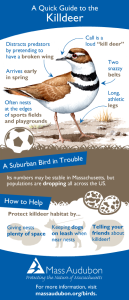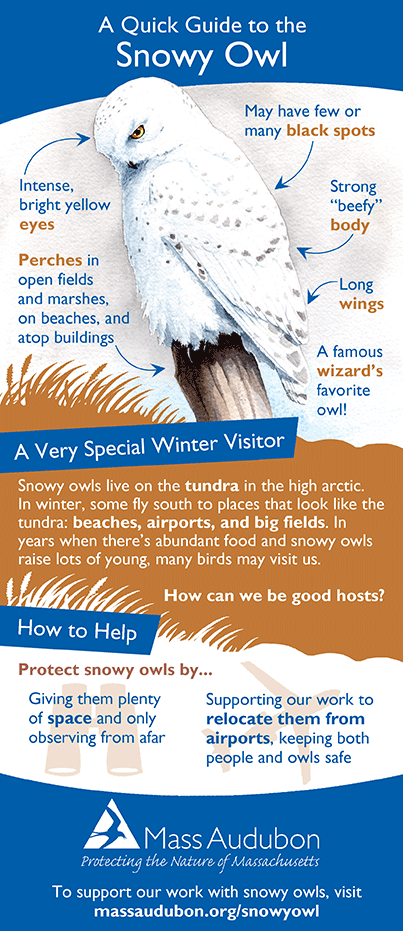 When it comes to the status of a particular bird species, it’s not always black and white. Take the killdeer (which happens to be black, brown, and white). At first glance our Breeding Bird Atlas 2 reports that this distant cousin of the piping plover is widespread and likely increasing.
When it comes to the status of a particular bird species, it’s not always black and white. Take the killdeer (which happens to be black, brown, and white). At first glance our Breeding Bird Atlas 2 reports that this distant cousin of the piping plover is widespread and likely increasing.
Good news, right? Not so fast. Dig deeper into the data and the killdeer is showing signs of trouble. It may have increased its breeding range in many parts of the state, but other regions showed worrisome decline, which suggests the beginning of widespread declines. This goes along with news of killdeer population declines that we’ve been hearing beyond Massachusetts. 
Why We Love Killdeer
- They are super clever: the killdeer distracts predators by pretending to have a broken wing.
- Their babies are ridiculously cute.
- They love the suburbs. In fact, they are often found in open fields like those used for sports or playgrounds.
How to Help Killdeer
- Spread the word by sharing our Quick Guide.
- Give nests plenty of space.
- Keep dogs on leashes when near nests.
Have you seen any killdeer recently? If so, share where and when in the comments!
Photo © Richard Johnson


